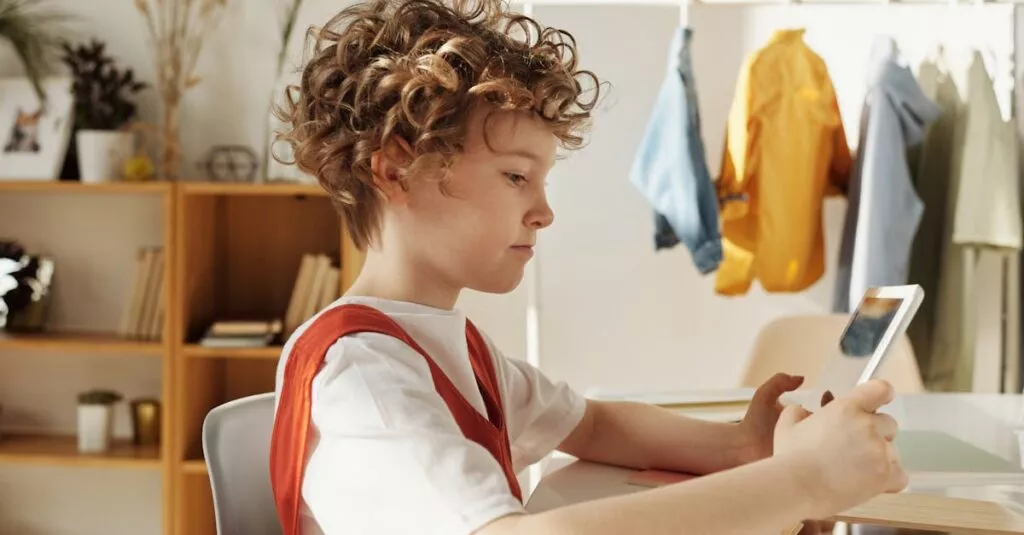Tech Tools That Make Learning Fun
Technology can be a game-changer in teaching social skills to kids with autism. Gadgets and programs make learning fun. Think of it as a virtual playground where social skills are built in a safe and engaging way!
From games to interactive stories, there’s something for every child. Tech can break down complex social interactions into bite-sized pieces, making them easier to understand.

Apps That Build Emotional Understanding
Emotional understanding is a crucial part of social skills. There are many apps designed to help kids with autism recognize and respond to emotions. For example, apps that show different facial expressions can teach kids what sadness or happiness looks like. These tools often feel like games, making learning less daunting. Your child might start recognizing feelings both on-screen and in real life!

Using interactive apps can be a fun and effective way to improve emotional literacy in children. These digital tools offer a safe space for exploration and learning, helping kids develop valuable skills in a playful manner.
Virtual Reality: Practice in a Safe Space
Virtual Reality (VR) offers a unique and immersive learning experience. Imagine your child practicing conversation skills in a simulated setting, like a virtual classroom or a birthday party. VR creates a controlled environment where mistakes are part of the learning process, not a cause for embarrassment. It gives children the chance to make social mistakes and learn from them with no real-world consequences.

Online Communities for Social Growth
Online communities can provide a safe space for children with autism to practice their social skills. Platforms designed for children offer moderated interactions where kids can chat, play games, and build friendships. These online environments are less overwhelming than face-to-face interactions. Parents can also find support and advice from other parents dealing with similar challenges.

Balancing Screen Time with Real-life Interaction
While technology offers many benefits, balancing screen time with real-life interactions is essential. Encouraging your child to apply their tech-learned skills during playdates or family gatherings is critical.
Think of technology as a complementary tool, not a replacement for human interaction. It’s all about finding a balance that works for your child and your family’s lifestyle.

Remember, real-life interactions are crucial for social development, emotional intelligence, and overall well-being. Make time for offline activities to nurture these aspects of your child’s growth.
Involving the Whole Family in Tech-based Learning
Involving the whole family in tech-based learning can be incredibly rewarding. Set aside some time each week to explore new apps or games together. Create a family schedule where everyone participates in tech-based learning activities. This not only helps your child but also strengthens family bonds. Plus, it’s a lot of fun! Your family’s involvement shows support and adds a layer of comfort and encouragement for your child.

Get your family started on an exciting learning journey together!
Related Posts:
- AI Enhances Learning for Autistic Learners
- AI in Autism Education: An Unexplored Assistant
- AI Benefits for Preschoolers with Autism
- Autistic Children: Breaking Communication Barriers with ChatGPT
- Future of Special Education: AI & Autistic Students
